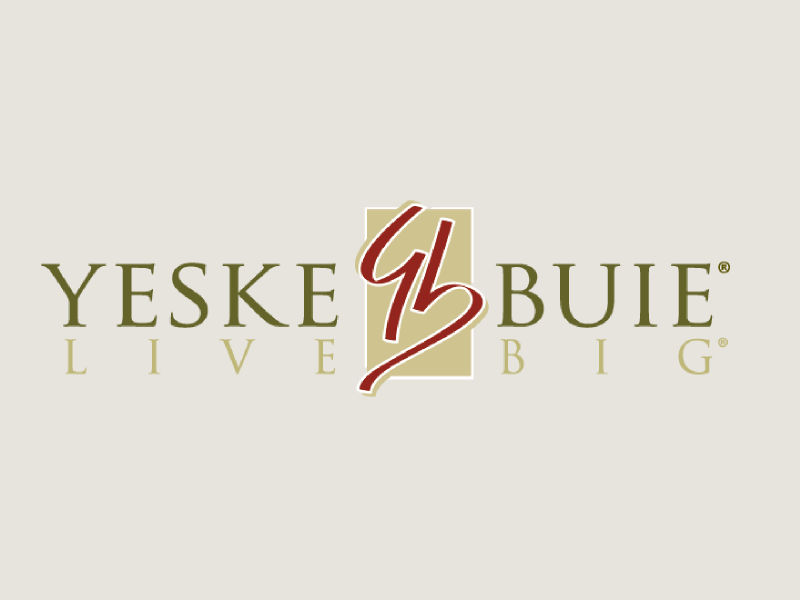Short Take: U.S. Economic and Financial Market Outlook

Our San Francisco financial planning team (Elissa, Dave, Jennifer, and Jen) attended a Financial Planning Association of San Francisco meeting on Tuesday that featured Gary Schlossburg, Senior Economist for Wells Capital Management, presenting on the outlook for the U.S. economy and financial markets into 2015. We thought we’d share a few highlights from Gary’s generally upbeat assessment.
Building Blocks for Growth
Gary offered a number of “building blocks” upon which the U.S. economy might build a more “satisfactory” rate of growth. Among them were the following:
- Still-Solid Growth of Household Wealth.
With most sectors of the global stock market (excepting emerging markets and real estate) notching double-digit gains in 2013 and with U.S. home prices advancing by near-double-digit rates (9.4%), household wealth continues to grow in the U.S. This has manifested itself in rising consumer confidence and a boost in consumer spending. U.S. households spent much of the time following the economic meltdown of 2008 rebuilding family balance sheets — spending less, saving more, and paying down debt — and it shows. Consumers now have the wherewithal to begin borrowing again and have begun showing a willingness to do so. All of which bodes well for companies the world over.
- Relatively Low Fuel Costs
While retail gasoline prices are rising a bit lately, they’re still significantly lower than the highs of 2013 and 2012. This amounts to a the equivalent of a “tax cut” or boost in purchasing power, which can help contribute to a sustained period of consumer-led growth. - Less Fiscal Drag and More Policy Clarity
Now that Congress has passed its first formal budget in four years, we can anticipate political fights over spending levels being set aside, at least for the moment. And the fact that the current budget restored some of the cuts created by 2012’s “sequester” means that one source of fiscal drag on the economy has been eased a bit. - An Energy-Led Renaissance in Manufacturing
The dramatic fall in natural gas prices in the U.S. as a result of “fracking” and related technologies has spurred a small but growing trend toward “onshoring,” especially among energy-intensive industries. This isn’t necessarily a boon to employment, however, since automation has steadily reduced the labor component of manufactured goods.
Potential Hurdles to Sustainable Growth
The story is not all one-sided, however, and Gary offered some of the potential hurdles that must be overcome for sustained growth to take hold. They include the following:
- Policy Clashes Ahead of the Mid-Term Elections
The recent agreement on the budget does not mean that policy clashes won’t again surface as part of the upcoming battle for control of the House and Senate. Such clashes can help foster the kind of economic uncertainty that can put a damper on new hiring and business development, not to mention consumer confidence. - A Bumpy Transition from “Quantitative Easing”
The Federal Reserve has already announced that it would reduce its monthly purchases of mortgage-backed securities from $85 billion to $75 billion, with more reductions to come if unemployment continues to fall. The markets seem to have shrugged off this first round, but there’s no guarantee that will continue, especially if hiring and economic growth don’t continue to pick up. - Geo-Political Strains in Asia, Europe, and the Middle East
Political unrest in these hot spots might well lead to economic uncertainty and market turmoil.
A Final Word on the U.S. Stock Market
Gary noted that the S&P 500 was “rich” but not “frothy.” With the price-to-earnings ratio at 15.2 based on the consensus estimate of earnings over the next two years (source: IBES), Gary admitted that the measure was at a 6 1/2 year high. Nonetheless, it’s still well below its level during the years following the dot.com bust. And he noted that, historically, “P/E valuations have stayed above their long-term norm for several years, often supported by relatively low interest rates (and unattractively high bond prices) much like now.” Investors, he suggests, “can take some comfort in the expected acceleration of top-line-driven earnings growth in the coming year, capable of restraining P/E multiples even if stocks rise modestly further.”
And, of course, more than half of Yeske Buie’s client portfolios are invested outside the U.S., where valuations are generally still below long-run averages.
